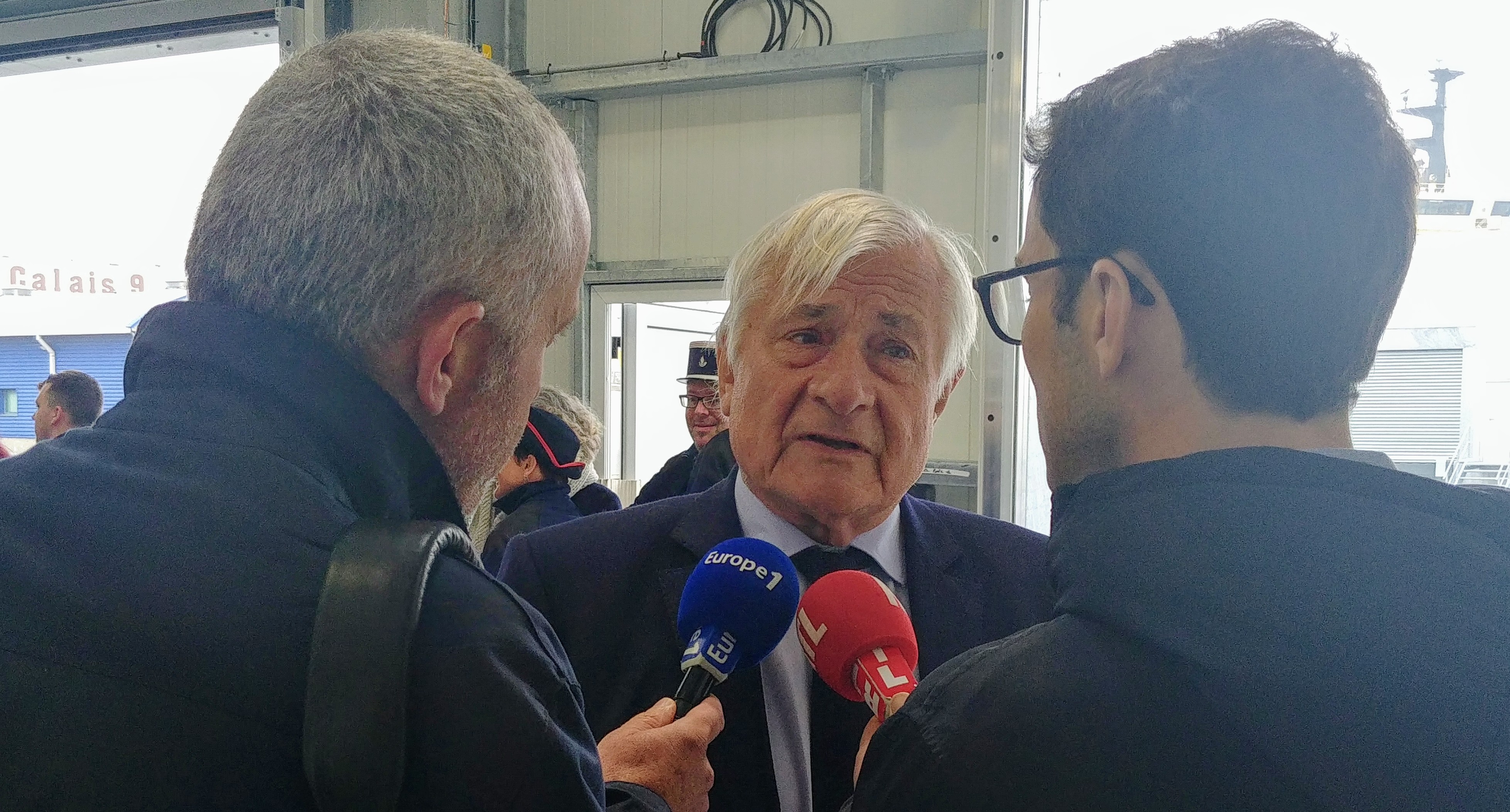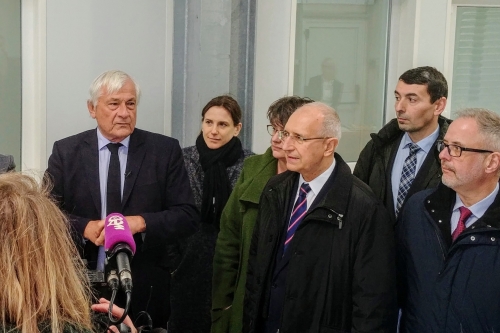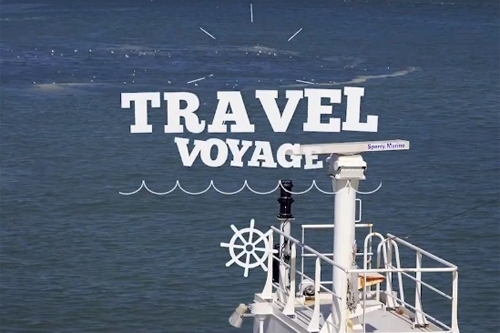Post Brexit: the port of Calais is ready!
Published on 02.04.2019
As part of post-Brexit, the port of Calais has invested 6 million euros in facilities to meet the new requirements for customs and/or sanitary and phytosanitary checks and inspections for goods passing through the port. The facilities for the SIVEP (Veterinary and Phytosanitary Inspection Service) and customs services were officially handed over this morning to the State services.
A platform in the heart of the cross-Channel terminal
Consisting of 6 loading bays for the VAPIS intended for the sanitary inspection of food products and plant checks, and 4 bays for customs controls and inspections, the platform is located as close as possible to the ship docking berths. As such, trucks to undergo checks or inspections will be directed directly to this platform as soon as they leave the ferries. The platform also has a parking area that can accommodate 50 HGVs.
This arrangement also features a livestock station for live animals (horses) and a refrigerated storage area, at the Paul Devot dock in the immediate vicinity of the port.
Given the importance of the Capecure market in Boulogne-sur-Mer - remember that it is the leading European centre for processing seafood products - trucks carrying goods from fishing (wild or farmed) from the United Kingdom can go to the SIVEP in Boulogne-sur-Mer as close as possible to the delivery and processing areas.
All these developments have been decided in consultation over many months between the port of Calais, the shipping companies and the State services.
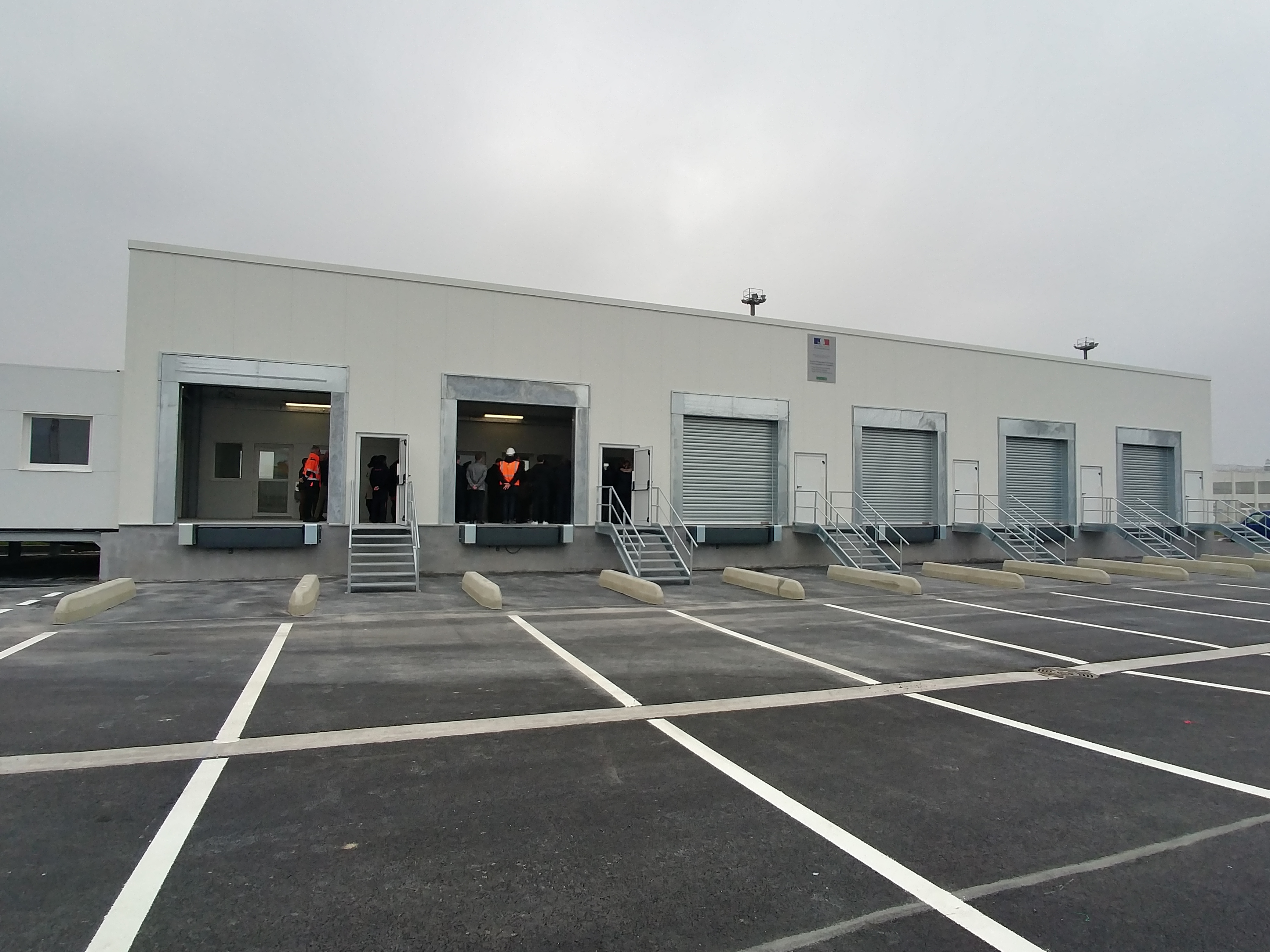
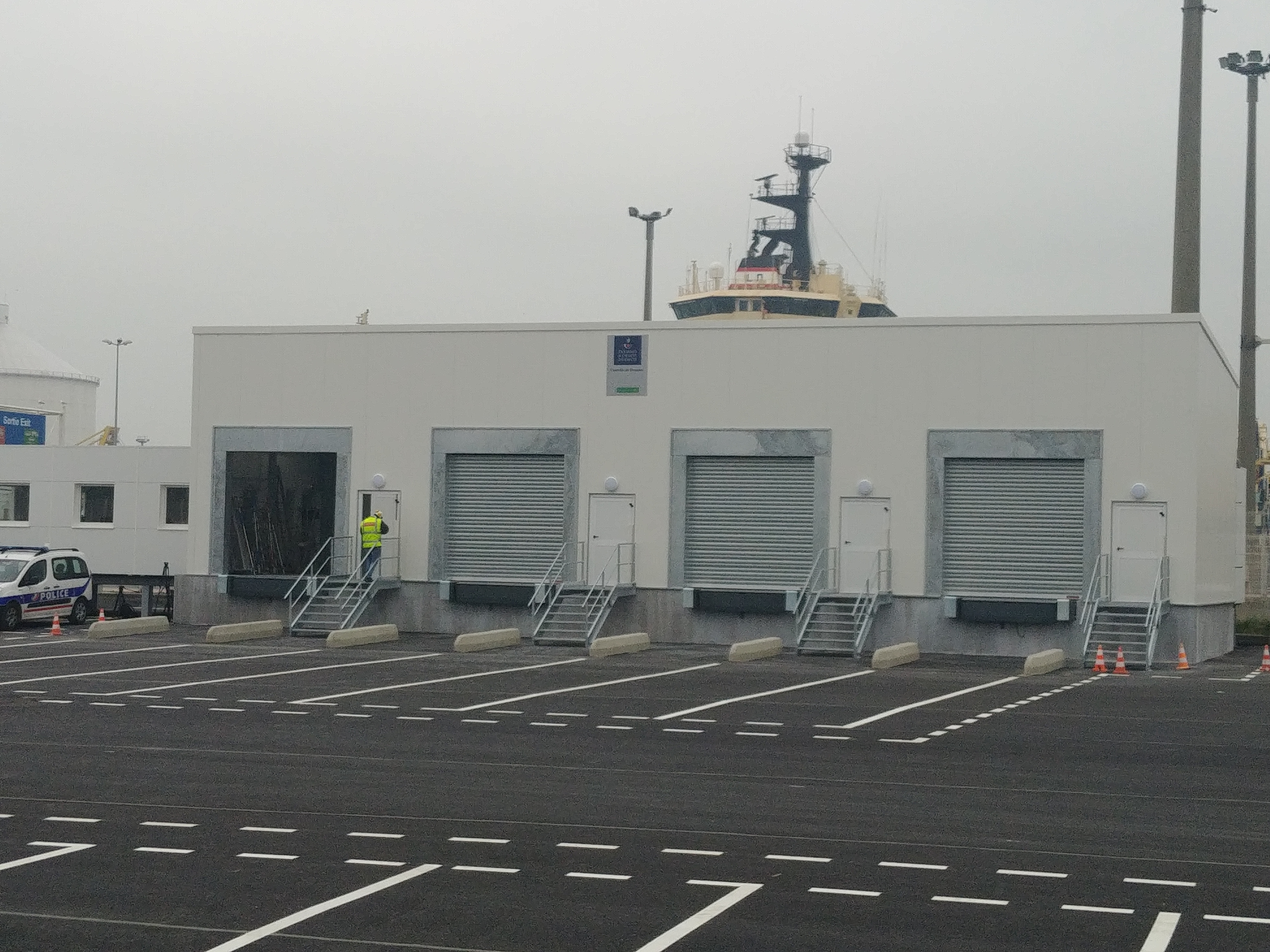
Waiting areas for customs checks and inspections
Two zones have been created at the terminal to accommodate trucks waiting for customs clearance. The first, which will take heavy goods vehicles from landing berths 5, 6 and 7, will be able to accommodate up to 140 units simultaneously, while the second, with 50 parking spaces, is intended for heavy goods vehicles arriving at berths 8 and 9. Areas accommodating the customs services will be adjacent to these two zones. An office for the customs clerk will be located in these same premises and will offer its services for carriers to complete their formalities.
On the export side, customs clerks will also be available for carriers who have not completed their customs formalities. The offices and parking for nearly 180 trucks are located on the current "East port" near the intermodal terminal.
Jean-Marc Puissesseau, Chief Executive Officer of Port Boulogne Calais, comments: "We announced in early 2019 that our port would be ready to face the challenges of a Brexit with no agreement, and we are indeed ready! All these facilities, coupled with the "dematerialised" border developed in full cooperation with the French customs services and the shipping companies, will help keep trucks flowing smoothly and best support our customers."
